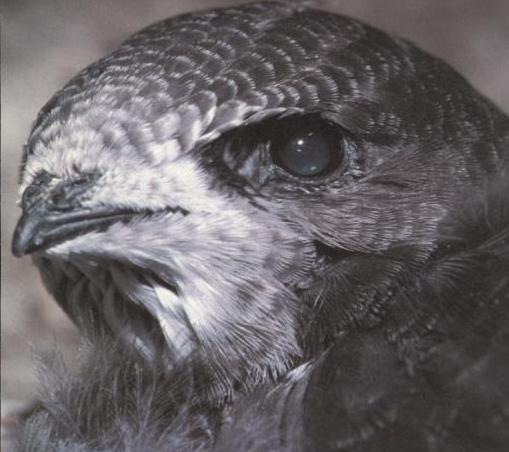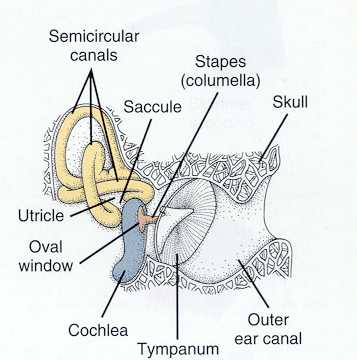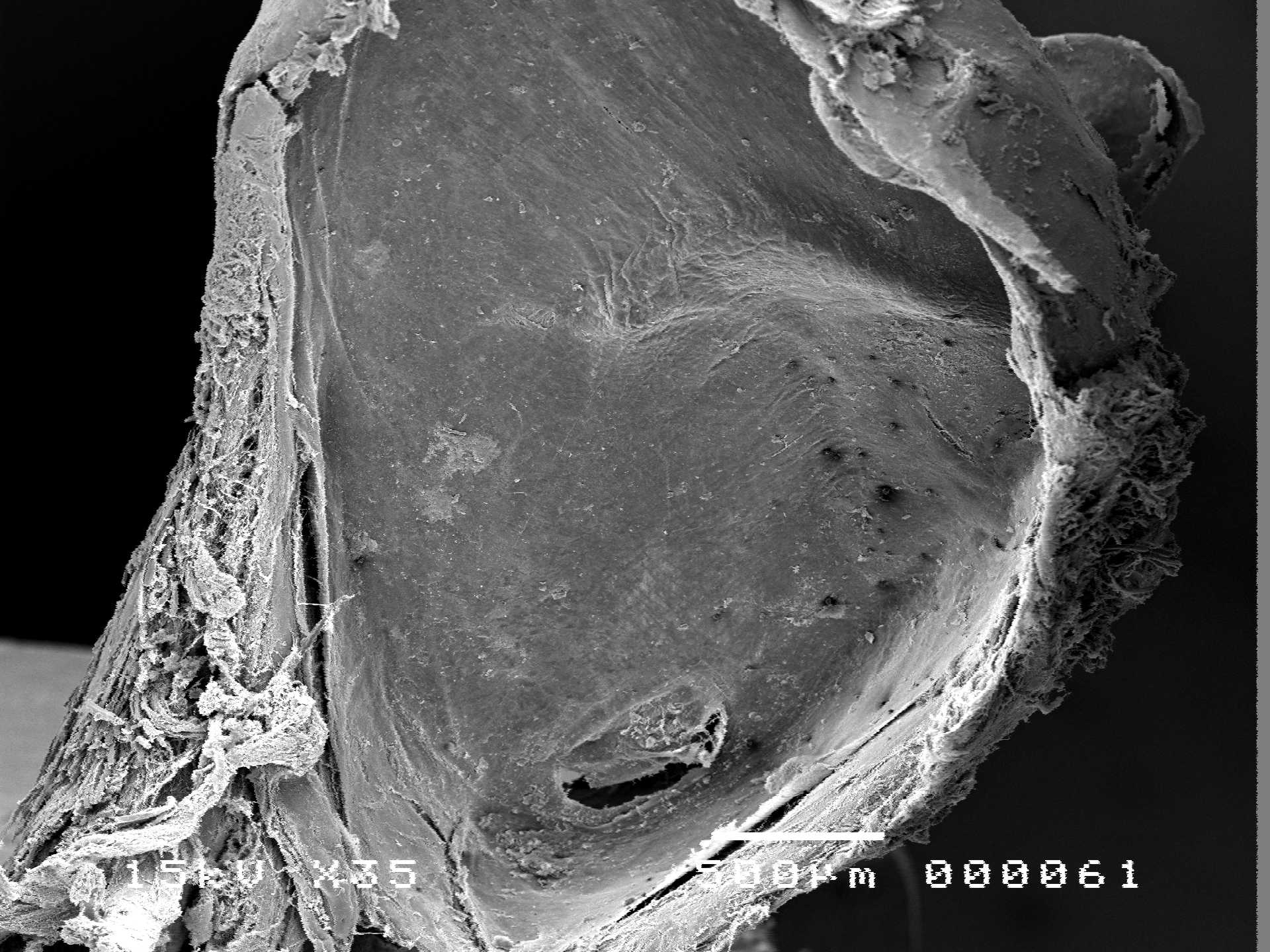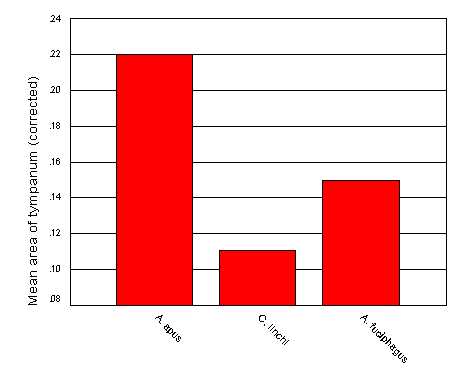
Echolocation is a means of navigation widely used in the animal kingdom, especially among mammals. The best examples are probably the echolocating bats and dolphins. When echolocating, these animals make use of the echoes of the sounds that they have produced themselves. The characteristics of the echoes will give the echolocator information about his environment.
As mentioned earlier, echolocation is mostly used by mammals. Among birds, this skill is only known with the South American oilbird Steatornis caripensis (Aves: Steatornithidae) and some South East Asian swiftlet species of the genus Aerodramus (Aves: Apodidae). Just like the oilbird, Aerodramus-swiftlets roost in dark cave-like structures.

The phylogeny of these swiftlets is still a great questionmark. The birds differ little in appearance, so phylogeny is mainly based on nest-characteristics and echolocating ability. It is also not clear through which evolutionary route echolocation ability among Aerodramus species has developed.
The goal of this research project is to study the hearing organs of echolocating and non-echolocating swftlets, to see if there are morphological adaptations of hearing organs that make it possible for a swiftlet to use echolocation. Therefore I will use dissection on non-echolocating and echolocating swiftlet-species, to be able to compare the anatomy of the hearing organs. For this, techniques like light-microscopy, scanning electron microscopy (SEM) and micro computer tomography scanning (microCT) will be used. Also recordings of vocalisations will be analysed and integrated in the anatomical findings.




Key words: swiftlets, phylogeny, evolution, echolocation, hearing system, anatomy, vocalisation.